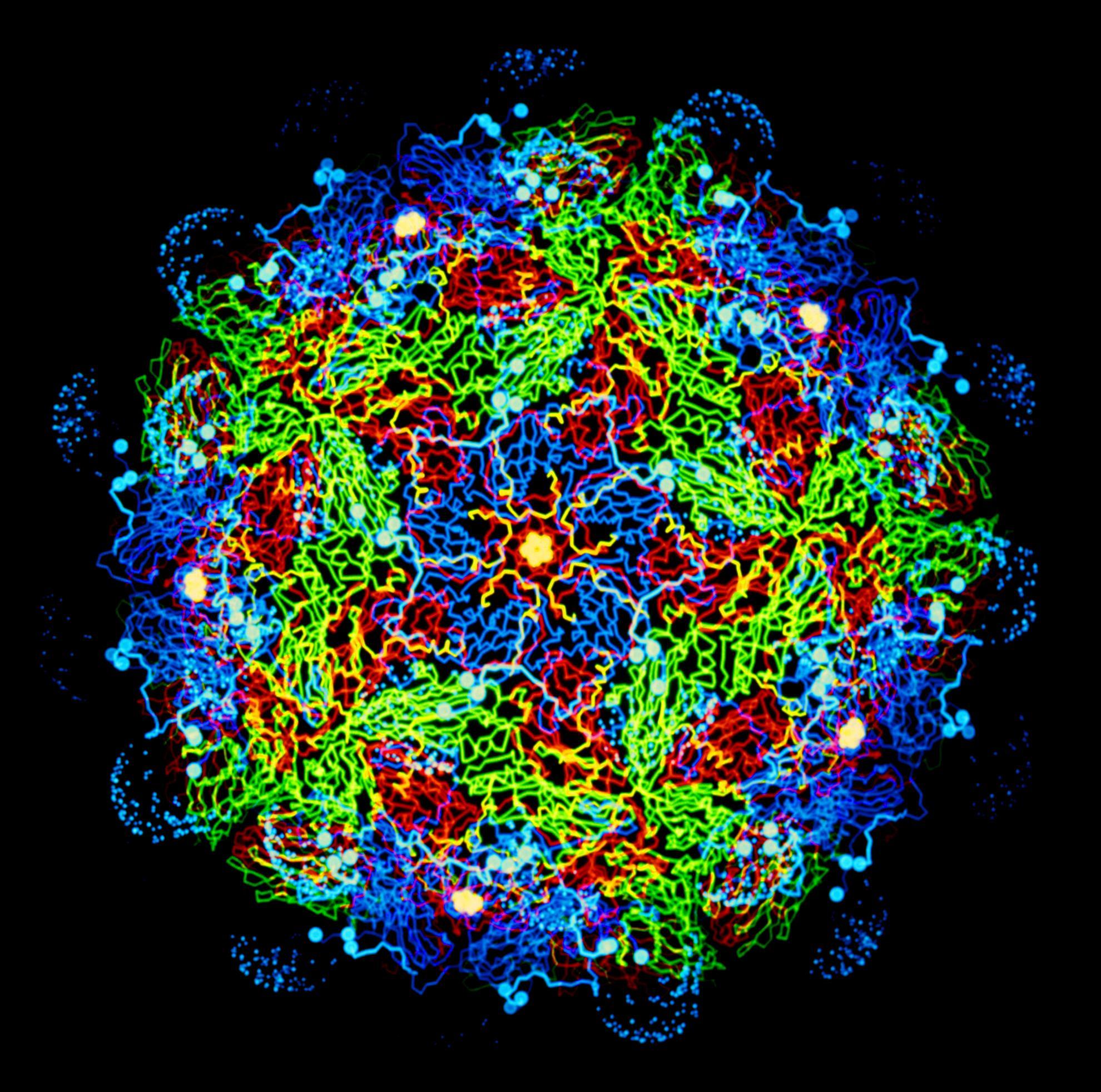Assessing the variability in transmission of bovine tuberculosis within Spanish cattle herds
In Spain, despite years of efforts to eradicate bovine tuberculosis (bTB), the disease is still endemic, with some areas of high prevalence. In this context, the surveillance and control plans may need to be re-evaluated, and understanding the dynamics of bTB spread within Spanish herds may help to develop new strategies for reducing the time for detection of infected herds and for the elimination of bTB from the herds already infected. Here, we developed a compartmental stochastic model to simulate bTB within-herd transmission, fed it with epidemiological data from 22 herds (obtained from a previous work) and carried out parameter inference using Approximate Bayesian Computing methods We also estimated the "Within-herd transmission potential Number" (Rh), i.e. the average number of secondary cases generated by a single animal infected introduced into a totally susceptible herd, considering different scenarios depending on the frequency of controls. The median global values obtained for the transmission parameters were: for the transmission coefficient (β), 0.014 newly infected animals per infectious individual per day (i.e. 5.2 per year), for the rate at which infected individuals become infectious (α), 0.01 per day (equivalent to a latent period of 97 days), and for the rate at which infected individuals become reactive to the skin test (α1), 0.08 per day (equivalent to a period of 12 days for an infected animal to become reactive). However, the results also evidenced a great variability in the estimates of those parameters (in particular β and α) among the 22 herds. Considering a 6-month interval between tests, the mean Rh was 0.23, increasing to 0.82 with an interval of 1 year, and to 2.01 and 3.47 with testing intervals of 2 and 4 years, respectively.
